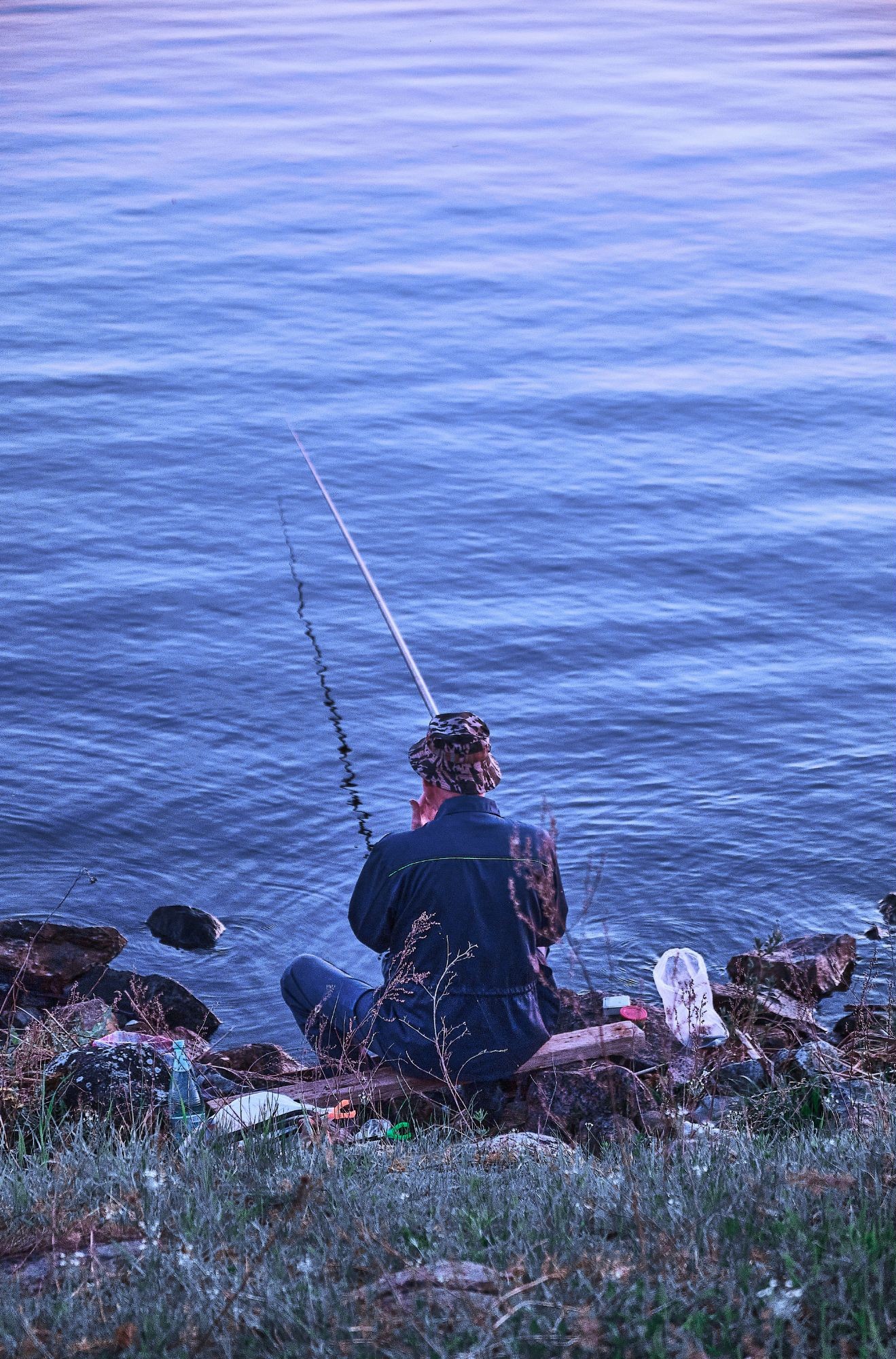What the Season Teaches, and Where the Water Leads
The water speaks differently each time of year. As late spring sets in, the shift is subtle but significant — temperatures rise, light lingers longer, and the behavior of fish begins to reflect the rhythm of change.
It’s in this moment between spring and summer that anglers are offered both challenge and clarity. Fish aren’t where they were a few weeks ago. Conditions are in motion, and patterns evolve quickly. What worked before may no longer apply — but that’s what makes this season rich with opportunity.
Understanding the why behind seasonal behavior is as important as knowing where to cast. Below, you’ll find what’s active now, how water conditions shape behavior, and what this time of year teaches us if we’re paying attention.
🗺️ Current Hotspots: Patterns in Motion
Across many waters, fish are entering their post-spawn and early summer behavior:
- Bass are moving away from shallow beds toward structure and depth transitions, feeding more aggressively.
- Trout remain active in cool-flowing streams, favoring oxygen-rich runs and shaded pools during daylight hours.
- Panfish and crappie are still concentrated in the shallows, ideal for targeting with light gear and finesse tactics.
- Saltwater species follow warming tides, chasing bait into creeks, estuaries, and shallow coastal flats.
Focus on edges — changes in depth, clarity, current, and structure. These intersections are where fish hold and feed during transitional phases.
🗓️ Seasonal Spotlight: Late Spring Transitions
Late spring invites movement — not just for fish, but for the angler. With longer days and warming water, the environment becomes more dynamic. Adaptability becomes a primary tool.
Key factors in play:
- Water temperature: Higher temps raise metabolism and feeding activity, especially during early mornings and late evenings.
- Light: Low-angle sunlight at dawn and dusk creates ideal windows for sight-feeding and topwater action.
- Forage shifts: Baitfish and aquatic insects are now more abundant, and fish are responding accordingly.
Success lies in observation. Watch the surface. Follow the birds. Look for slight breaks in current or subtle changes in color and depth. These are the clues that guide smarter decisions — not guesswork, but awareness.
🧠 Gear & Strategy: Seasonal Adjustments
Small shifts in gear setup can better align you with seasonal behavior:
- Use fluorocarbon leaders to stay invisible in clearer spring waters.
- Opt for natural patterns in bright sun and calmer water; try bold contrasts in stained or overcast conditions.
- Experiment with topwater lures in the first and last hour of light — this is prime time for visual strikes.
- Don’t overlook soft plastics in transitional zones where fish are holding off structure or along drop-offs.
Every adjustment should be intentional. Let the environment dictate your approach, and let the fish confirm it.
🌊 Final Reflection
Fishing through seasonal change isn’t about staying one step ahead — it’s about staying present. The more you pay attention, the less you need to guess.
This time of year rewards flexibility and awareness. The water is alive with movement, and the lessons it offers go beyond the bite. Stay curious, stay in tune, and let the rhythm of the season guide the way.

